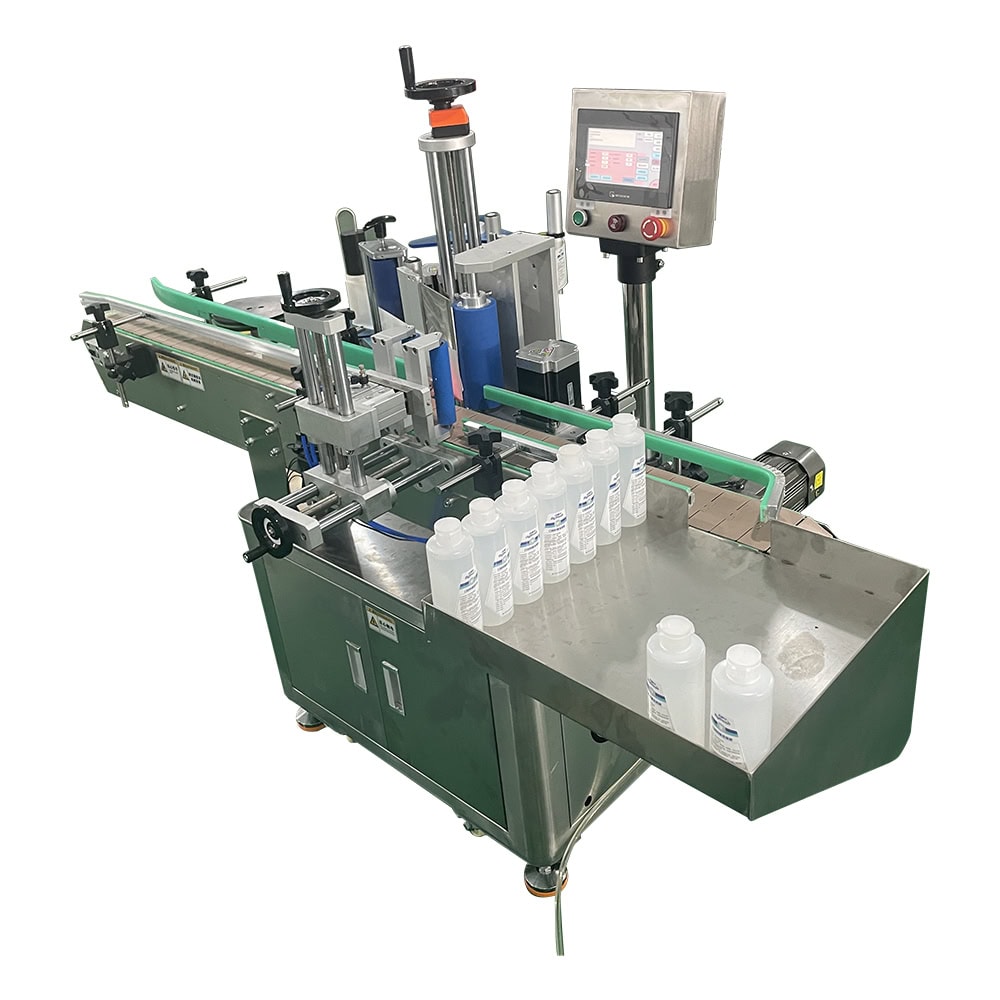If you have the wrong labels, your glass bottles look terrible. It’s bad for your brand. It might even hurt your sales. If your labels are crooked or peeling off, it makes your product look bad. People get mad about it, and it messes up your product’s reputation. You’ll learn how to avoid these problems by using the right materials, cleaning the glass the right way, and putting the labels on straight.
You can use materials like polyethylene or polypropylene that are tough, clean the glass the right way, and put the labels on straight. You need to use adhesives that won’t come off when they get wet and seal the labels up good.
I’ll walk you through the main things you need to do to label your glass bottles.
Choose the Right Label Material
The first step to successful labeling is selecting the correct material. Glass is a smooth, non-porous surface that requires specialized labels, such as polyethylene or polypropylene, which are resistant to water and temperature changes.
These materials ensure the labels don’t peel off when exposed to moisture, such as condensation in beverage bottles, or when subjected to fluctuating temperatures, especially in food and beverage applications.
Clean the Bottle Surface
Before applying a label, the glass surface must be perfectly clean. Dust, oil, or moisture can hinder the adhesive from sticking properly. To prepare the glass, use a mild detergent or alcohol solution to clean it, making sure to remove all residues. Once cleaned, allow the bottle to air-dry completely to avoid trapping moisture under the label, which could cause peeling later.
Select an Appropriate Adhesive
Choosing the right adhesive is crucial when labeling glass bottles. Glass surfaces require adhesives that bond well with non-porous materials. Permanent adhesives designed specifically for glass ensure that the labels remain attached, even in wet or humid conditions.
Waterproof adhesives are ideal for bottles that will be exposed to moisture, such as beverage bottles or cosmetic products. These adhesives resist the weakening effects of water and help maintain a strong bond over time.

Use Waterproof Labels
Waterproof labels are essential when labeling glass bottles, particularly for products like beverages or cosmetics, where exposure to moisture is common. Waterproof labels are resistant to humidity, can endure washing, and ensure the print does not smear or fade over time.
Using waterproof labels guarantees that your product retains a professional appearance, even after prolonged contact with moisture, keeping the brand image intact.
Apply Labels with Precision
Proper label application ensures the label stays in place and looks professional. If you are manually applying labels, take care to line them up straight and smooth them down evenly to prevent air bubbles. Using a label guide or semi-automatic labeling tool can help achieve perfect alignment.
For businesses that produce large quantities of glass bottles, using an automatic labeling machine provides consistent results. These machines can be calibrated to handle the exact size and shape of the bottles, ensuring precise application with each run.
Seal the Label for Extra Durability
To extend the lifespan of your labels, consider sealing them with a clear laminate or varnish. This extra layer of protection guards the label against scratches, moisture, and general wear and tear.
Sealing labels is especially important for products like beverages, which are handled frequently. A laminate or varnish protects the label and ensures that it continues to look pristine, even after extended use.
Consider Custom Designs and Templates
Designing custom labels that fit your brand is a critical aspect of product presentation. Using design templates specifically tailored for bottles can help create visually appealing labels that enhance your brand identity.
Online design tools or professional labeling software offer templates and customization options, allowing you to add barcodes, product names, logos, and other essential details. Custom designs make your product stand out and contribute to a cohesive brand experience.
Use Labeling Machines for Efficiency
When labeling glass bottles in bulk, manual application may be time-consuming and inconsistent. Labeling machines, like the T-200 semi-automatic machine, are ideal for efficiently labeling large batches of glass bottles.
Machines provide faster, more consistent labeling than manual methods, reducing errors and ensuring that every bottle is labeled accurately. Additionally, labeling machines can be adjusted to accommodate bottles of various shapes and sizes, providing flexibility in production.
Prevent Label Peeling
One of the most common problems with glass bottle labeling is label peeling. To prevent this, ensure that you apply labels in a dry environment at room temperature. Avoid labeling in humid conditions, as moisture can weaken the adhesive bond.
Applying the labels while the bottle is completely dry and clean will significantly reduce the chance of peeling, maintaining a professional finish for your product.
Test Before Mass Labeling
Before proceeding with a large labeling run, it’s essential to test the process on a few sample bottles. This allows you to check that the labels adhere properly, are aligned correctly, and stay in place after application.
Testing provides the opportunity to make adjustments before full-scale production, ensuring that all labels meet your quality standards.
Conclusion
Properly labeling your glass bottles makes your product look professional and keeps it looking good over time. If you use the right materials, clean the glass, use good adhesives, and put the labels on straight, you won’t have problems like the labels peeling off or looking dumb.










